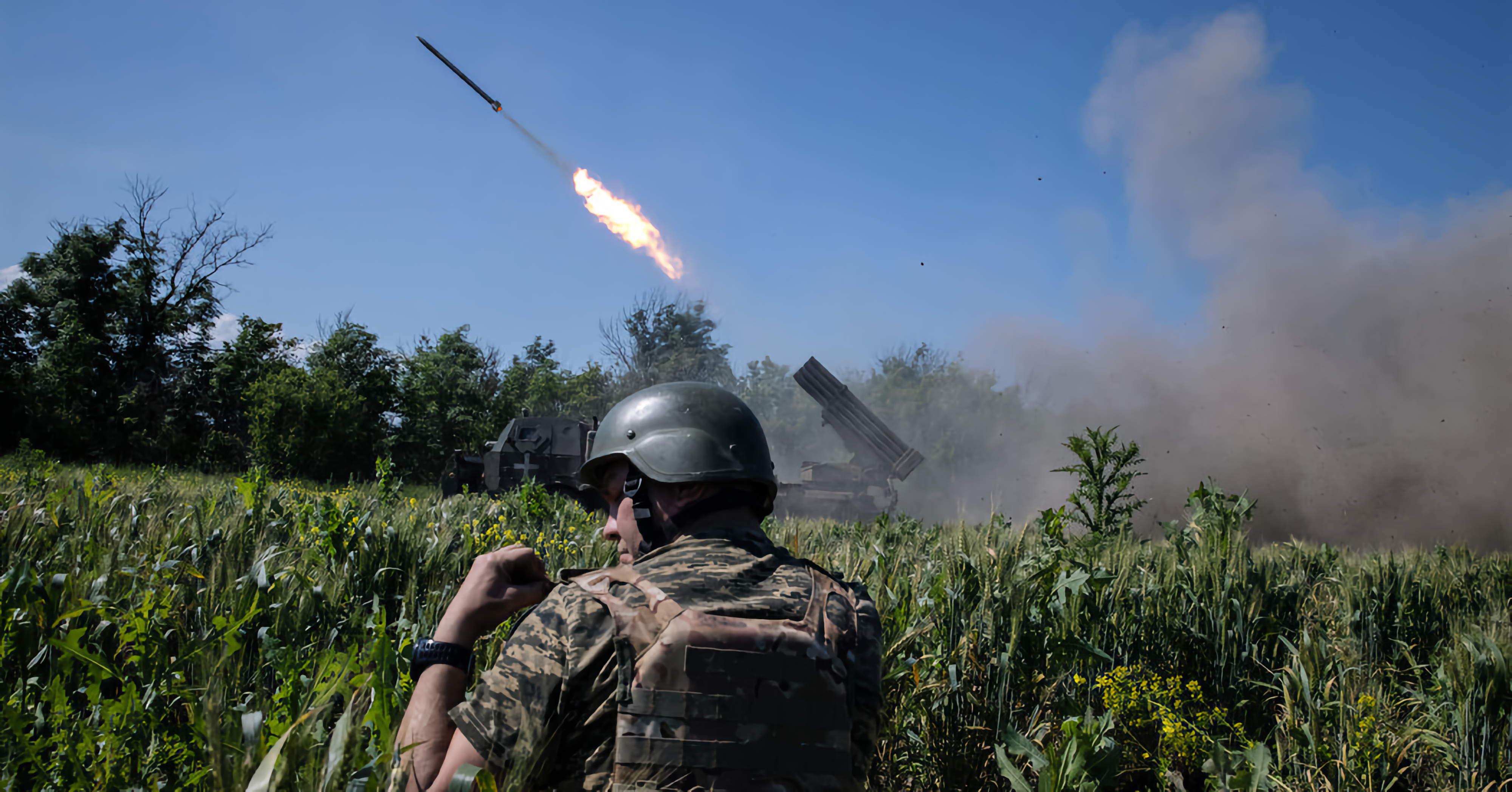


The Time Has Finally Arrived, but What Took So Long?
Ukraine’s long-awaited counteroffensive has finally begun, coinciding with its destruction of the Kakhovka dam, which resulted in the flooding of the Dnipro River and causing significant changes to the battlefield terrain. During a meeting with Canadian Prime Minister Justin Trudeau, Ukrainian President Zelenskyy disclosed that “counteroffensive, defensive actions are taking place in Ukraine. I will not speak about which stage or phase they are in.”
But why has it taken the Ukrainian military so long to begin said counteroffensive? It seems that those Ukrainian officials entertaining peace talks were issued an ultimatum: either begin a bloody counteroffensive to the satisfy American overlords or else agree to negotiations with Russia, which in practice could mean death at the hands of ultranationalists.
For months, media outlets had speculated about when the Ukrainian military will begin. Russia has since gained territory, including the recent liberation of Artyomovsk by the Wagner Group. Within the past few weeks anticipation for the counteroffensive has increased, foreshadowed by the Ukrainian Armed Forces in a video urging silence regarding their coming actions.
Western Media Working Overtime to Portray Success in Ukraine
The Western media has been working diligently to present the counteroffensive in Ukraine as a success, but their efforts are facing increasing challenges. Throughout Russia’s Special Military Operation, CNN has stood out as one of the prominent pro-Ukraine sources. However, even they cannot conceal the fact that Russia is rapidly demolishing Ukraine’s advanced weapon systems and tanks. An article highlights that “the recent destruction or damage and abandonment of 16 US Bradley infantry fighting vehicles represent almost 15% of the 109 vehicles provided to Kiev by Washington, according to Jakub Janovsky of the Dutch open-source intelligence website Oryx.”
In a desperate attempt to maintain the illusion of Ukrainian success, CNN also mentions that “despite the loss of the Bradleys, Ukraine reports it has reclaimed at least three villages from Russian forces during the weekend clashes.” However, even if this claim were true, it raises the question of how long Ukraine can continue to advance while enduring such significant losses, particularly considering the already high number of destroyed Bradley vehicles.

Who are the Biggest Winners of this War?
In April, Ukrainian Defense Minister Oleksii Reznikov acknowledged in an interview that the global expectations of their counteroffensive campaign were inflated. It comes as no surprise that United States politicians have expressed their willingness to prolong the battle “to the last Ukrainian,” thereby pressuring the Ukrainian military into an unprepared counteroffensive. Among the major beneficiaries of this conflict are U.S. defense contractors such as Raytheon, Boeing, and Northrop Grumman, who have seen substantial gains as orders continue to pour in for replacing the weapons supplied to Ukraine. As Raytheon CEO Greg Hayes put it, “Our products and technologies have played a crucial role in assisting Ukraine in its defense.” Raytheon’s weapons contracts backlog reached an all-time high of $34 billion by 2021, while Lockheed’s contracts swelled to $150 billion, with numerous other companies benefiting in between.
These companies do not generate profits if the weapons they produce are not utilized on the battlefield. However, each fired Javelin missile and destroyed Abrams tank necessitate replenishment, and the U.S. government has consistently been willing to provide the necessary funding. Tax reports reveal that in 2021, 71% of the funding for these companies came from the U.S. government, resulting in substantial sums ending up in the pockets of shareholders. As journalist Eli Clifton highlighted in his January article, “Effectively, $7.8 billion of the $11 billion distributed to shareholders in 2022 was funded by the U.S. government and American taxpayers who expected their tax dollars to be allocated towards public services and national security.”
Joe Biden Desperately Needed The Counteroffensive
While Russia has expressed willingness to pursue peace, any discussions of a ceasefire or peace talks have faced strong criticism from the west. U.S. Secretary of State Anthony Blinken has made it clear that the U.S. will only support peace discussions if Ukraine gains the upper hand, particularly after the successful execution of the counteroffensive. Blinken’s statements, coupled with the significant efforts by Western media to portray the counteroffensive as a success, indicate its crucial importance to the U.S. With the upcoming NATO Summit scheduled for July, President Joe Biden’s reputation relies heavily on the actions of the Ukrainian military during the counteroffensive. According to Politico, anonymous U.S. officials have expressed growing concern about the future of aid to Ukraine if the ongoing counteroffensive fails.
The upcoming NATO Summit in July holds significant implications for the West’s stance on providing continued assistance to Ukraine. A failed counteroffensive would be a source of embarrassment that President Biden would need to address. Thus far, the prospects for the Ukrainian military appear grim, and President Biden may find himself engaging in difficult discussions with NATO members in the coming month.